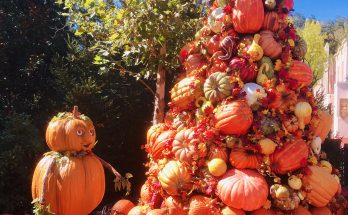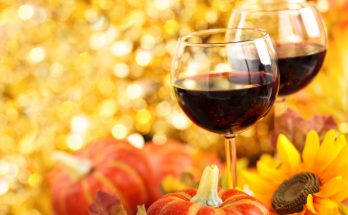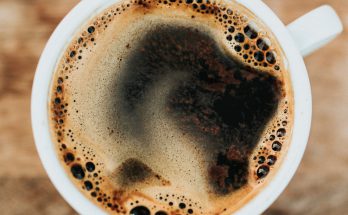In France, what wine you pair with dessert often depends on where you are and what you are eating. This is the concept of terroir – it refers to how the combination of geography, biodiversity, and tradition of a particular place creates a distinct characteristic in its agricultural products. Terroir is what makes foods and wines inseparable from their origin, unless you are in Paris, where all things converge. Here are some ideas for pairing wine and desserts.
Sweet Wine: The Dessert Itself
The older the wine, the more complex the bouquet in the nose and on the palate. With delicious notes of white stone fruits, almonds, or honey, aged sweet wines can be desserts in themselves!
The Bordelais are masters at making some of the very best sweet wine in the world.
Sauternes and Barsac, the most famous of the sweet wines of the Bordeaux region, are made using grapes that have ripened through sun, fog, and moisture, and shriveled with botrytis cinerea, “noble rot,” which concentrates the grape sugars and flavors. The grapes are handpicked, with numerous passes through the rows of vines over several weeks during the fall harvest.
South of Bordeaux, still in the Southwest of France, are the sweet wines of Monbazillac, Jurançon (close to the Pyrénées) and Bergerac. These are all worthy of attention, as are the Muscats from Languedoc-Roussillon and the Rhône Valley.
Chocolate Mousse
Think of dark red wines when you want to pair them with mousse au chocolat, such as reds from the Rhône Valley, whose flavors tend to compliment dark chocolate: The cherry, vanilla, and spice of a Côtes du Rhône; the dark fruit notes of the Carignan Noir grape in a Rasteau; or the chocolaty notes of a Châteauneuf-du-Pape of southern Rhône. (If you sign up for my newsletter on my website, you’ll receive an email with the chocolate mousse recipe from my book.)
More Chocolate!
Some people like pairing the spicy and dark berry notes of Grenache Noir grapes or the dark fruit notes of Syrah grapes with other “death by chocolate” desserts, such as the much-loved mi-cuit au chocolat (molten chocolate cake). The rich dark fruit aromas in red wines with Merlot, Cabernet Sauvignon, or Malbec grapes also lend themselves well to dark chocolate. Ask in your local wine shop for guidance with other reds for dark chocolate desserts.
Crème Brûlée
Alsace has its late harvest Gewürztraminer, and any of these sweet wines can pair well with a crème brûlée, or other cream-based or fruit-based dessert.
Crêpes
If you are eating at a Breton-style (from Brittany) restaurant, you might be ordering gallettes (crêpes made with buckwheat flour) for the main course, along with cider (made from apples, to varying degrees of “dryness,” as in not sweet, but crisp and effervescent in the mouth.) For dessert you would likely have a “sweet” crêpe, and I would just stick with the cider, or finish the meal up with a coffee.
Fruit Cake
For desserts with fruit, if you do not go with a dessert wine, such as a fresh and fruit Loire Valley Bonnezeaux (made with the Chenin Blanc grape), then try a dry white, such as a Sauvignon Blanc, with vegetal and fruity notes and an acidity level that will match those of the fruit, such as apples in a tarte tatin, or a lemon, peach, or strawberry tart.
When in Rome (or France)
And if you are in the Basque country, near the French border with Spain, sampling the local sheep cheese with cherry jam or having noix au lait (walnuts in milk), go local and pair your desserts with a dry, slightly effervescent white Basque Txakoli wine. Remember, you can always fall back on terroir: what grows together, goes together.



